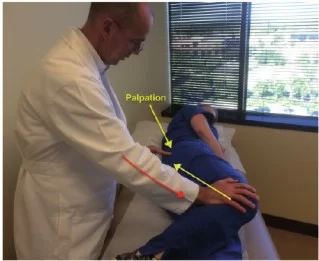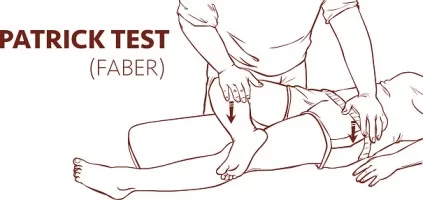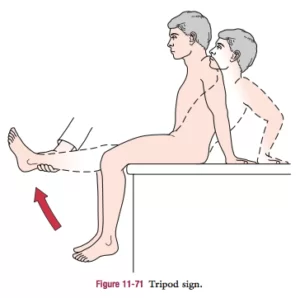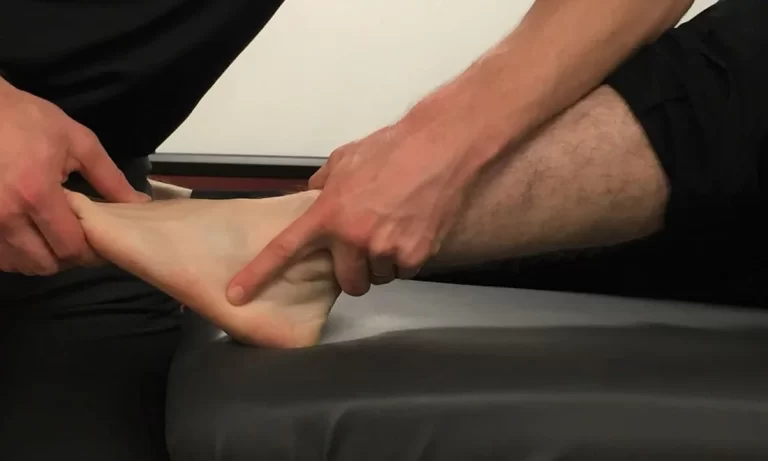Gillet’s test for the sacroiliac joint involvement:
- This test is also called the ipsilateral posterior rotation test or sacral fixation test.
- This test is applied to the clinic to check the involvement of the sacroiliac joint = SI joint.
- This clinical test is applied by to therapist or doctor when the patient is complaining about pelvic pain.
- This test is applied to the examination part of the assessment of the SI joint pain.
What is the purpose of Gillet’s test?
- This Gillet’s test is used to check the involvement of the SI joint.

How do you perform Gillet’s test?
- While the patient stands, the sitting examiner [ therapist ] palpates the PSIS with one thumb & the other hand parallel with the first thumb on the sacrum.
- The examiner instructs the patient for doing to stand on one leg while pulling the opposite knee up towards the chest.
- This test causes the innominate bone on the same side then to rotate posteriorly.
- Gillet’s test is repeated with the other leg meaning the unaffected side with the palpating of the other PSIS.
- When the sacroiliac joint = SI joint on the side on which the knee joint is flexed moves minimally/up so that this joint is said to be hypermobile,/blocked, this situation is indicating a positive test.
- On the normal side, the test PSIS moves down inferiorly.
- This test is similar to the test performed during hip flexion movement in active movement.
- The only difference is the points of palpation during the movement.

- Jackson has suggested a modification to the test.
- After completing Gillet’s test, he suggests that the examiner [ therapist ] palpate the same PSIS & sacrum.
- Then examiner instructs the patient for doing a repeat of the Gillet test using the other leg, which causes the opposite innominate bone to rotate posteriorly.
- As the patient flexes the hip & knee joints, the lumbar spine beings to flex, causing the sacrum to move inferiorly & resulting in the test innominate rotating anteriorly.







